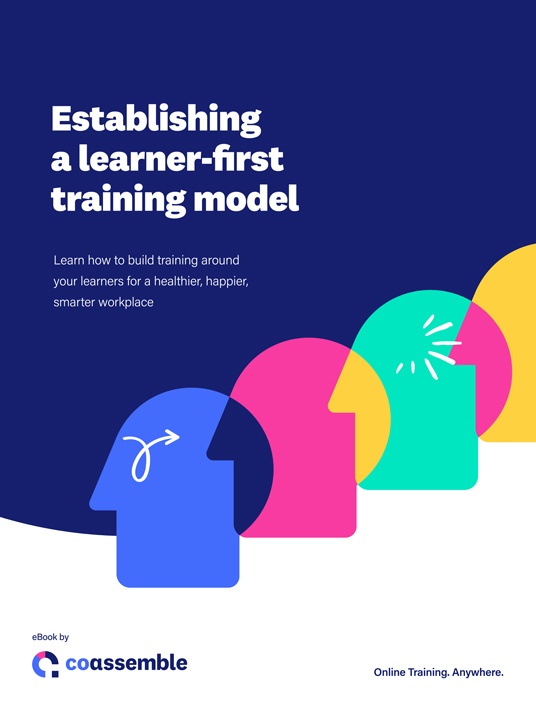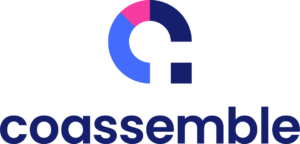What Is The Learner-First Training Model?
In a learner-first training approach, trainers always start with the learner. The learner is the basis for every aspect of a company's training strategy from the company's learning goals to their learner pathways, to the tools that they choose to train and the way they design their training.

Whilst this may seem like common sense, it's actually not what a lot of trainers do.
Setting The Groundwork: Planning Before The Design
Some of the most critical parts of designing learner-first training actually take place before the design has even begun.
This is our sixth article detailing how to roll out training in the learner-first model. In our previous articles, we ran through the planning required before you begin creating training content. Those articles will help you understand:
- Who your learners are, why they’re learning, and how they learn best.
- What knowledge you need to share with your learners.
- How your learners will be notified of, complete, and apply their training.
- The most effective tools [1] you have at your disposal.
- How many pieces of training content you need to design, how long it will take, and who will be doing it.
By understanding the points above, you’ll begin designing with all the hard work done. So, let’s get to the fun part, i.e. creating your content!
What Is Learner-First Training Content?
Learner-first training content can be anything from traditional eLearning to video, to emerging learning technologies such as podcasts and predictive learning software. Learner-first training content can be delivered across devices or in person.
Rather than defining a specific medium or method of delivery, it’s easier to define learner-first training content by the approach that it takes to the learner.
There are 3 key principles when designing learner-first training:
1. Make It Interactive
The first principle in designing learner-first training is interaction. In a learner-first approach, training content is something that a learner acts upon, not something that acts upon the learner. Rather than a one-way street, in which the trainer delivers content to a passive learner, a truly learner-first approach is a two-way street. Learners must be able to interact both with their learning content and with their trainer.
2. Challenge The Learner
The second principle in learner-first training design is challenging the learner. Content that requires little mental effort will prove to be disengaging, whilst content that challenges the learner (through the depth of content, formative assessment, and gamification) will improve learning outcomes.
3. Sharing And Extension Opportunities
Sharing and extension opportunities are key to a learner-first training model.
Sharing opportunities are pathways that allow a learner to share their knowledge and content completion with others. Sharing opportunities can be baked into learning content (with options to share quiz results midway through a course, for example), or added to the end of a course (via social media sharing links, for example). Certificates are a great way to promote sharing and increase learning adoption.
Extension opportunities are pathways that allow a learner to extend their knowledge on a certain topic. A simple extension opportunity would be a link to a video that goes into greater detail on a topic. Another example would be a link to an SME’s calendar to book in time to discuss a learning topic in detail. Extension opportunities allow learners to learn at their own pace, and provide them with further learning pathways for topics of interest.
By not only putting great content in a learner’s hands but also letting them delve deeper on topics and themes and giving them an opportunity to share their knowledge with other learners, trainers can add depth and vitality to what would otherwise be a siloed learning experience.
I Have Great Content, What Now?
Once you've developed great learning content, you're primed to move onto the next stages of a learner-first training model: testing your content and learner pathways to ensure successful adoption of training, disseminating your learning and scaling it for future use, evaluating the success of your learning and monitoring and improving your process over time.
Wondering how to implement your own learner-first training model? Download the eBook Establishing A Learner-First Training Model and discover the step by step process on how to perfectly execute the goal of making the learner have success. Also, discover how to incorporate career mapping into your digital training strategy using a learner-first approach through the Webinar 6 Steps To Incorporate Career Mapping Into Your Digital Training Strategy.


